Home>Technology>Security & Surveillance>How To Change Code On Brinks Keypad Door Lock
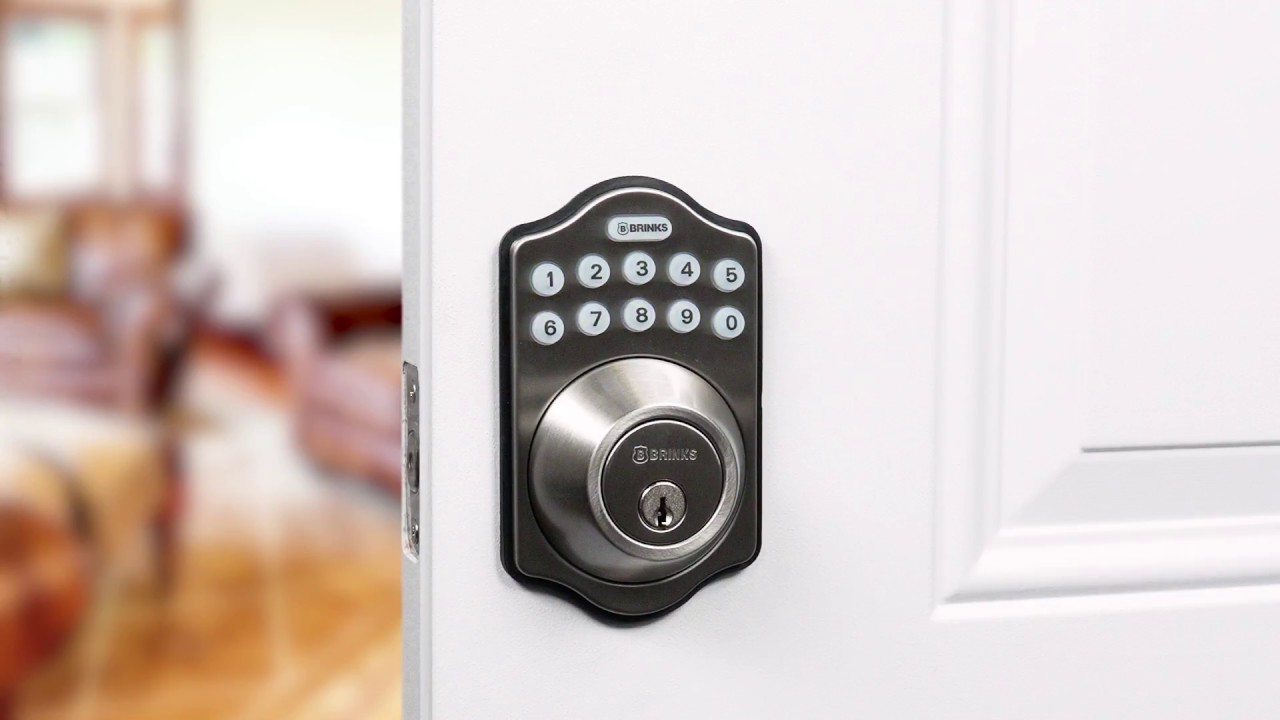

Security & Surveillance
How To Change Code On Brinks Keypad Door Lock
Modified: May 6, 2024
Learn how to change the code on your Brinks keypad door lock for enhanced security and surveillance. Follow our step-by-step guide for easy reprogramming. Unlock peace of mind today!
(Many of the links in this article redirect to a specific reviewed product. Your purchase of these products through affiliate links helps to generate commission for Storables.com, at no extra cost. Learn more)
Introduction
Welcome to the world of Brinks keypad door locks, where convenience meets security in the form of a sleek and modern access control system. Whether you're a homeowner looking to enhance your property's security or a business owner seeking a reliable entry solution, the Brinks keypad door lock offers a versatile and user-friendly option.
In this comprehensive guide, we will delve into the intricacies of the Brinks keypad door lock, focusing on the crucial aspect of changing the access codes. By understanding the process of code change and mastering the various functionalities of the lock, you can ensure that your property remains secure while providing convenient access to authorized individuals.
The Brinks keypad door lock is designed to offer a seamless user experience, combining cutting-edge technology with intuitive operation. With its illuminated keypad and durable construction, this lock is engineered to withstand the rigors of daily use while safeguarding your premises against unauthorized entry.
Throughout this guide, we will explore the step-by-step process of changing the master code, adding user codes, and deleting outdated codes. Additionally, we will address common troubleshooting scenarios and provide valuable tips to optimize the performance of your Brinks keypad door lock.
Whether you're a tech-savvy homeowner or a business professional seeking to streamline access control, this guide will equip you with the knowledge and confidence to navigate the code change function of the Brinks keypad door lock effectively. Let's embark on this enlightening journey to unlock the full potential of your security system.
Key Takeaways:
- Master the art of managing your Brinks keypad door lock by changing the master code, adding user codes, and deleting outdated ones to fortify security and provide convenient access.
- Keep your Brinks keypad door lock in top-notch condition by following battery maintenance, keypad cleanliness, and regular testing to ensure reliable and robust security.
Understanding the Brinks Keypad Door Lock
Before delving into the intricacies of changing the access codes on your Brinks keypad door lock, it’s essential to grasp the fundamental features and functionality of this innovative security device. The Brinks keypad door lock represents a paradigm shift in access control, offering a blend of cutting-edge technology and user-friendly design.
At the core of the Brinks keypad door lock is its illuminated keypad, which provides effortless visibility in both daytime and nighttime conditions. This feature ensures that users can easily input their access codes without struggling to discern the keys, enhancing convenience and usability.
Furthermore, the durable construction of the Brinks keypad door lock underscores its reliability and longevity. Engineered to withstand exposure to the elements and resist tampering, this lock is a robust deterrent against unauthorized entry attempts.
One of the defining attributes of the Brinks keypad door lock is its versatility in accommodating multiple access codes. This capability is particularly valuable for homeowners, property managers, and business owners who need to grant entry to various individuals while maintaining control and oversight.
Moreover, the Brinks keypad door lock incorporates advanced security features to fortify its protective capabilities. From anti-tamper safeguards to built-in alarm systems, this lock is designed to thwart intrusion attempts and alert users to potential security breaches.
By comprehending the underlying principles and capabilities of the Brinks keypad door lock, you can harness its full potential to fortify the security of your premises. In the subsequent sections, we will explore the practical steps for accessing the code change function and manipulating the access codes to align with your security requirements.
Now that we’ve established a foundational understanding of the Brinks keypad door lock, let’s embark on a journey to unlock its code change functionality and empower you to manage access control with confidence and precision.
Accessing the Code Change Function
Before you embark on the process of altering access codes on your Brinks keypad door lock, it’s crucial to familiarize yourself with the procedure for accessing the code change function. This initial step sets the stage for seamlessly modifying the master code and adding or deleting user codes to align with your security needs.
To initiate the code change process, you’ll typically need to access the lock’s programming mode. This mode allows you to enter the existing master code and navigate through the menu options to modify access codes and configure additional security settings.
The specific method for entering the programming mode may vary based on the model of your Brinks keypad door lock. However, a common approach involves inputting a predefined sequence of commands on the illuminated keypad to activate the programming function. Consult your lock’s user manual or online resources for precise instructions tailored to your lock’s model.
Once you’ve successfully entered the programming mode, you’ll be prompted to input the existing master code as a security measure to authenticate your access to the code change function. This critical step ensures that only authorized individuals can modify the access codes, reinforcing the integrity of your security system.
Upon entering the master code, you’ll gain access to a menu interface that presents a range of options for code management and security configuration. This interface empowers you to navigate through the available settings and execute changes with precision and ease.
By understanding the process of accessing the code change function, you can lay a solid foundation for seamlessly modifying access codes and optimizing the security parameters of your Brinks keypad door lock. With this essential knowledge in hand, you’re poised to proceed to the next crucial phase: changing the master code to fortify the access control of your premises.
Now that you’re equipped with the know-how to access the code change function, let’s delve into the pivotal task of altering the master code to bolster the security of your Brinks keypad door lock.
Changing the Master Code
As the cornerstone of your Brinks keypad door lock’s access control system, the master code plays a pivotal role in safeguarding your property and managing user access. Changing the master code is a fundamental step in fortifying the security of your premises and ensuring that only authorized individuals can modify access codes and configure security settings.
To initiate the process of changing the master code, you’ll need to access the programming mode of your Brinks keypad door lock, as outlined in the previous section. Once you’ve entered the programming mode and authenticated your access with the existing master code, you can proceed to navigate to the option specifically designated for modifying the master code.
Upon selecting the master code modification option, the lock will prompt you to input the existing master code as a security measure to validate your authorization to execute this critical change. This authentication step is integral to preventing unauthorized tampering with the master code, preserving the integrity of your security system.
After entering the existing master code, you’ll be prompted to input a new master code of your choice. It’s essential to select a code that is memorable and secure, avoiding easily guessable combinations while ensuring that it can be readily recalled by authorized users.
Once you’ve confirmed the new master code, the lock will process the modification and update its internal database to reflect the revised master code. This seamless transition ensures that the new master code takes effect immediately, bolstering the security of your premises and empowering you to maintain control over access management.
By adeptly changing the master code of your Brinks keypad door lock, you fortify the foundation of your security system, enhancing its resilience against unauthorized entry attempts and elevating your peace of mind. With the master code successfully updated, you’re poised to proceed to the next crucial phase: adding user codes to accommodate authorized individuals.
Now that you’ve mastered the art of changing the master code, let’s explore the process of adding user codes to your Brinks keypad door lock, expanding its capacity to accommodate diverse access needs while upholding stringent security standards.
To change the code on a Brinks keypad door lock, first enter the current code, then press the “Program” button. Enter the new code and press “Lock” to save it.
Adding User Codes
Empowering trusted individuals with personalized user codes is a cornerstone of the Brinks keypad door lock’s versatility and user-centric design. By adding user codes, you extend the convenience and security benefits of this advanced access control system to family members, employees, or authorized personnel, allowing them to gain entry with personalized credentials.
To initiate the process of adding user codes, you’ll need to access the programming mode of your Brinks keypad door lock, following the steps outlined in the earlier sections. Once you’ve entered the programming mode and authenticated your access with the master code, you can navigate to the menu option dedicated to adding user codes.
Upon selecting the user code addition option, the lock will prompt you to input the master code as a security measure to confirm your authorization to modify the user codes. This crucial authentication step ensures that only authorized individuals can add or remove user codes, reinforcing the integrity of your security system.
After inputting the master code, you’ll be prompted to specify a slot for the new user code. The slots correspond to distinct user identities, allowing you to allocate unique access credentials to different individuals while maintaining oversight and control.
Once you’ve selected a slot for the new user code, you can input the personalized code for the intended user. It’s essential to communicate this code securely to the designated individual, emphasizing the importance of safeguarding their access credentials to uphold the integrity of the security system.
Upon confirming the new user code, the lock will integrate it into its access control database, enabling the designated individual to gain entry using their personalized credentials. This seamless process empowers you to extend the benefits of the Brinks keypad door lock to trusted individuals, enhancing their access convenience while reinforcing the security posture of your premises.
By adeptly adding user codes to your Brinks keypad door lock, you cultivate a dynamic and user-centric security environment, accommodating the diverse access needs of authorized individuals while upholding stringent security standards. With the user codes seamlessly integrated, you’re poised to proceed to the next vital phase: understanding the process of deleting outdated user codes to maintain the integrity of your access control system.
Now that you’ve mastered the art of adding user codes, let’s delve into the process of deleting outdated user codes from your Brinks keypad door lock, ensuring that your access control system remains optimized and secure.
Read more: How To Change Code On Kaba Keypad Door Lock
Deleting User Codes
As part of maintaining the integrity and security of your access control system, the ability to delete outdated user codes from your Brinks keypad door lock is a pivotal capability. By removing obsolete user codes, you ensure that only authorized individuals possess access credentials, mitigating the risk of unauthorized entry and bolstering the overall security posture of your premises.
To initiate the process of deleting user codes, you’ll need to access the programming mode of your Brinks keypad door lock, following the familiar steps outlined in the preceding sections. Once you’ve entered the programming mode and authenticated your access with the master code, you can navigate to the menu option dedicated to deleting user codes.
Upon selecting the user code deletion option, the lock will prompt you to input the master code as a security measure to confirm your authorization to modify the user codes. This critical authentication step ensures that only authorized individuals can delete user codes, preserving the integrity of your security system.
After inputting the master code, you’ll be prompted to specify the slot corresponding to the user code you intend to delete. This targeted approach enables you to surgically remove outdated access credentials while retaining the active user codes that are essential for authorized entry.
Once you’ve selected the slot for the outdated user code, the lock will prompt you to confirm the deletion, ensuring that the removal process is deliberate and irreversible. This safeguard prevents accidental deletion and underscores the precision of your access control management.
By executing the deletion command, the lock will expunge the outdated user code from its access control database, effectively revoking access credentials associated with the designated slot. This proactive measure fortifies the security of your premises and maintains the integrity of the access control system.
With outdated user codes seamlessly deleted from your Brinks keypad door lock, you uphold the stringent security standards of your access control system, mitigating the risk of unauthorized entry and preserving the sanctity of your property. With the access credentials meticulously managed, you’re poised to proceed with confidence, knowing that your security system is optimized and resilient.
Now that you’ve adeptly navigated the process of deleting user codes, let’s explore essential troubleshooting tips and valuable insights to optimize the performance of your Brinks keypad door lock, ensuring that it operates seamlessly and safeguards your premises effectively.
Troubleshooting and Tips
While the Brinks keypad door lock is engineered for seamless operation and robust security, occasional challenges or optimization opportunities may arise. By familiarizing yourself with troubleshooting techniques and valuable tips, you can ensure that your lock operates reliably and continues to safeguard your premises effectively.
1. Battery Maintenance: Ensure that the lock’s batteries are in good condition and have sufficient power. Regularly replace the batteries as per the manufacturer’s recommendations to prevent operational disruptions.
2. Keypad Cleanliness: Periodically clean the keypad to remove dirt, debris, or residue that may impede the input of access codes. Use a soft, dry cloth or a mild cleaning solution to maintain optimal keypad functionality.
3. Error Code Interpretation: Familiarize yourself with the lock’s error code indicators and consult the user manual to interpret any error messages. Understanding these codes can facilitate swift resolution of operational issues.
4. Secure Code Communication: Emphasize the importance of securely communicating user codes to authorized individuals, ensuring that access credentials are shared discreetly and responsibly to prevent unauthorized access.
5. Regular Testing: Periodically test the functionality of the lock and conduct trial runs of access codes to verify that the system operates as intended. This proactive approach can preemptively identify and address potential issues.
6. Firmware Updates: Stay informed about firmware updates or software patches released by the manufacturer. Implementing these updates can enhance the security and performance of your lock.
7. Emergency Access Protocol: Establish a clear protocol for emergency access, ensuring that authorized individuals know how to navigate emergency scenarios while upholding the security protocols of the lock.
By integrating these troubleshooting techniques and valuable tips into your management of the Brinks keypad door lock, you can optimize its performance, mitigate operational challenges, and maintain a robust security posture for your premises.
With these insights at your disposal, you’re well-equipped to navigate the intricacies of the Brinks keypad door lock with confidence and precision, ensuring that it continues to serve as a stalwart guardian of your property’s security.
Conclusion
Congratulations on embarking on a journey to unlock the full potential of your Brinks keypad door lock. By delving into the intricacies of this advanced access control system and mastering the art of code management, you’ve empowered yourself to fortify the security of your premises while ensuring convenient and controlled access for authorized individuals.
Throughout this comprehensive guide, we’ve explored the fundamental aspects of the Brinks keypad door lock, from understanding its features and functionality to navigating the critical processes of changing the master code, adding user codes, and deleting outdated access credentials. By adeptly managing these facets of the lock’s operation, you’ve cultivated a dynamic and resilient security environment that aligns with your specific needs and priorities.
As you continue to leverage the capabilities of the Brinks keypad door lock, remember the importance of proactive maintenance, secure code management, and adherence to best practices for optimizing its performance. By integrating these principles into your security management approach, you can ensure that your lock operates reliably and consistently safeguards your property against unauthorized entry attempts.
Whether you’re a homeowner seeking to fortify your family’s safety or a business professional aiming to streamline access control, the Brinks keypad door lock stands as a reliable and versatile ally in your quest for enhanced security. Its intuitive operation, robust construction, and multifaceted code management capabilities position it as a stalwart guardian of your property’s integrity.
As you navigate the realm of security and access control, remember that knowledge is your most potent tool. By staying informed about the intricacies of your security system and embracing a proactive approach to its management, you can uphold the sanctity of your property and provide a secure environment for those who rely on your vigilance.
Thank you for embarking on this enlightening journey with us. May your Brinks keypad door lock continue to serve as a steadfast sentinel, preserving the tranquility and security of your cherished spaces.
Just mastered changing your Brinks keypad door lock's code? Keep up the momentum and read our latest insights on the newest models hitting the market in 2024. Our comprehensive review of "14 Amazing Keypad Door Locks" spotlights must-have features and innovations that could redefine your home security setup. Whether upgrading or simply curious about advancements in home security technology, this guide is packed with valuable information to help you make informed decisions.
Frequently Asked Questions about How To Change Code On Brinks Keypad Door Lock
Was this page helpful?
At Storables.com, we guarantee accurate and reliable information. Our content, validated by Expert Board Contributors, is crafted following stringent Editorial Policies. We're committed to providing you with well-researched, expert-backed insights for all your informational needs.
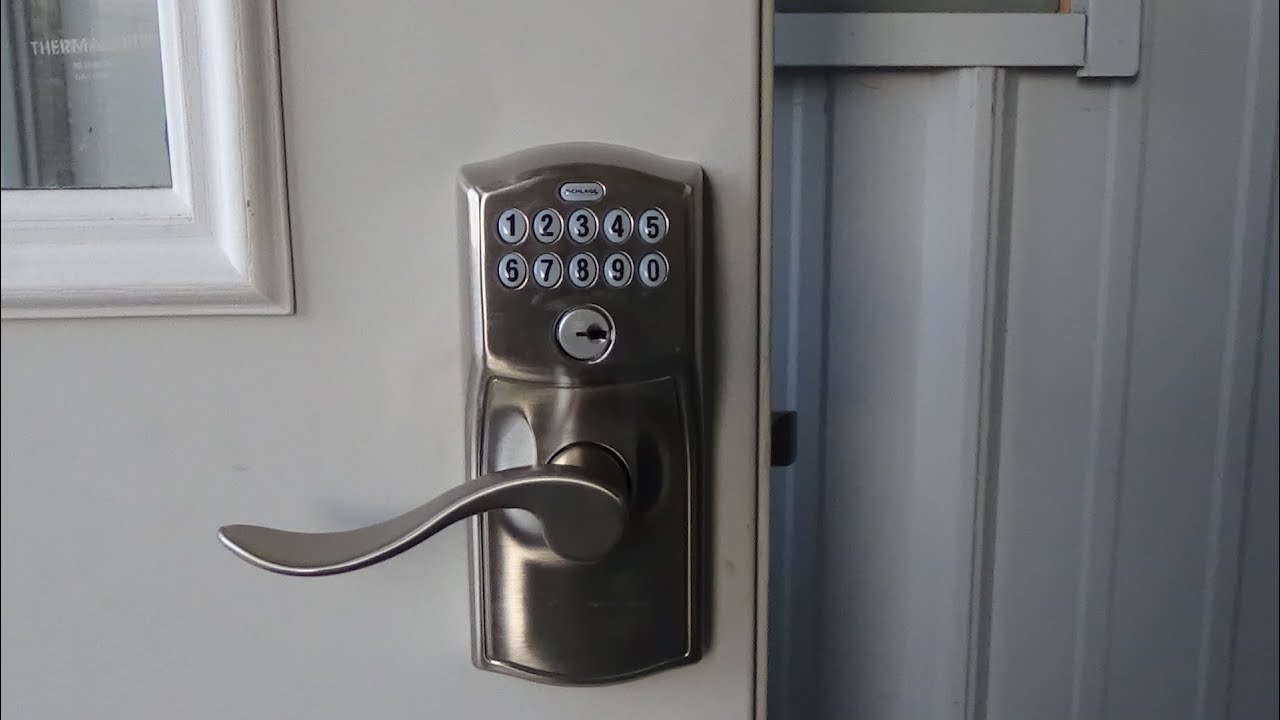
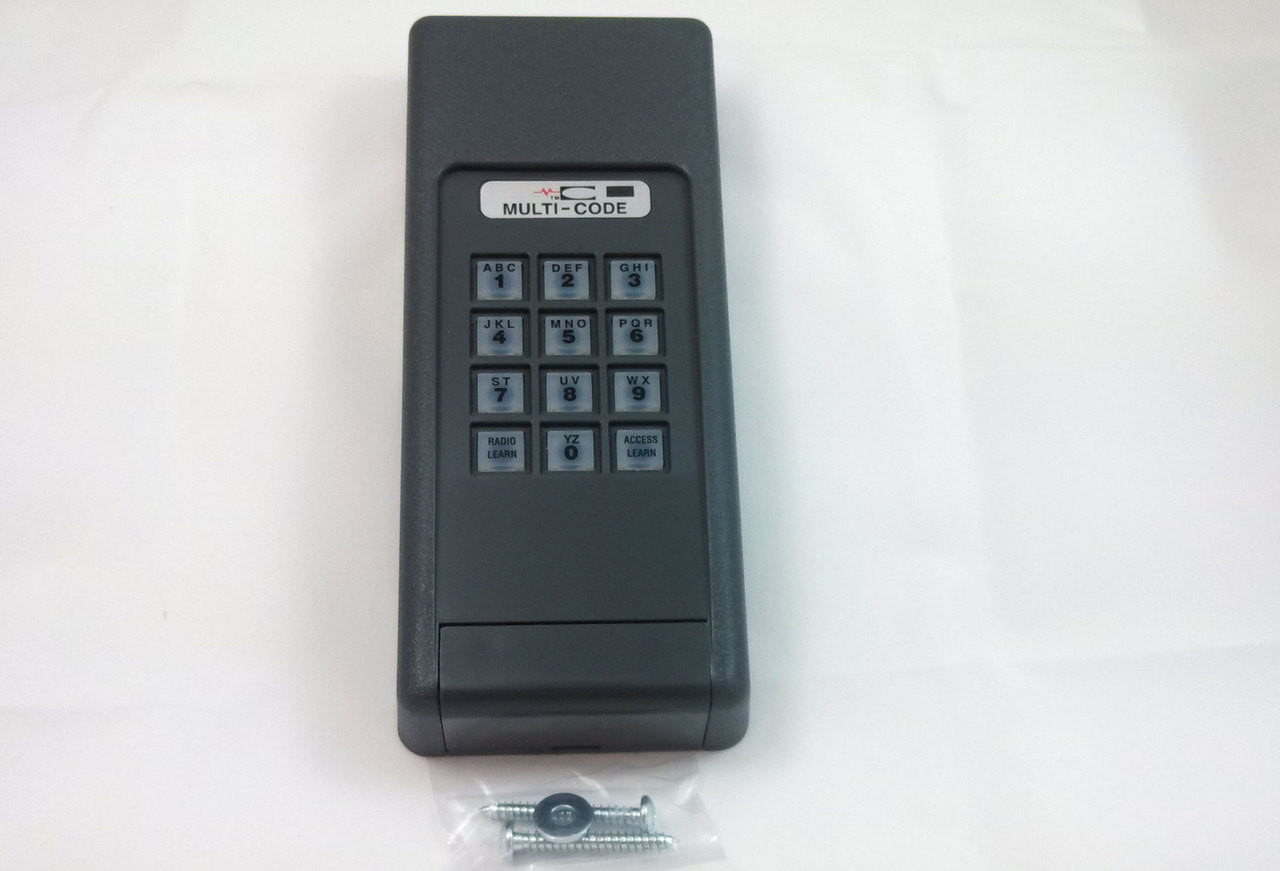
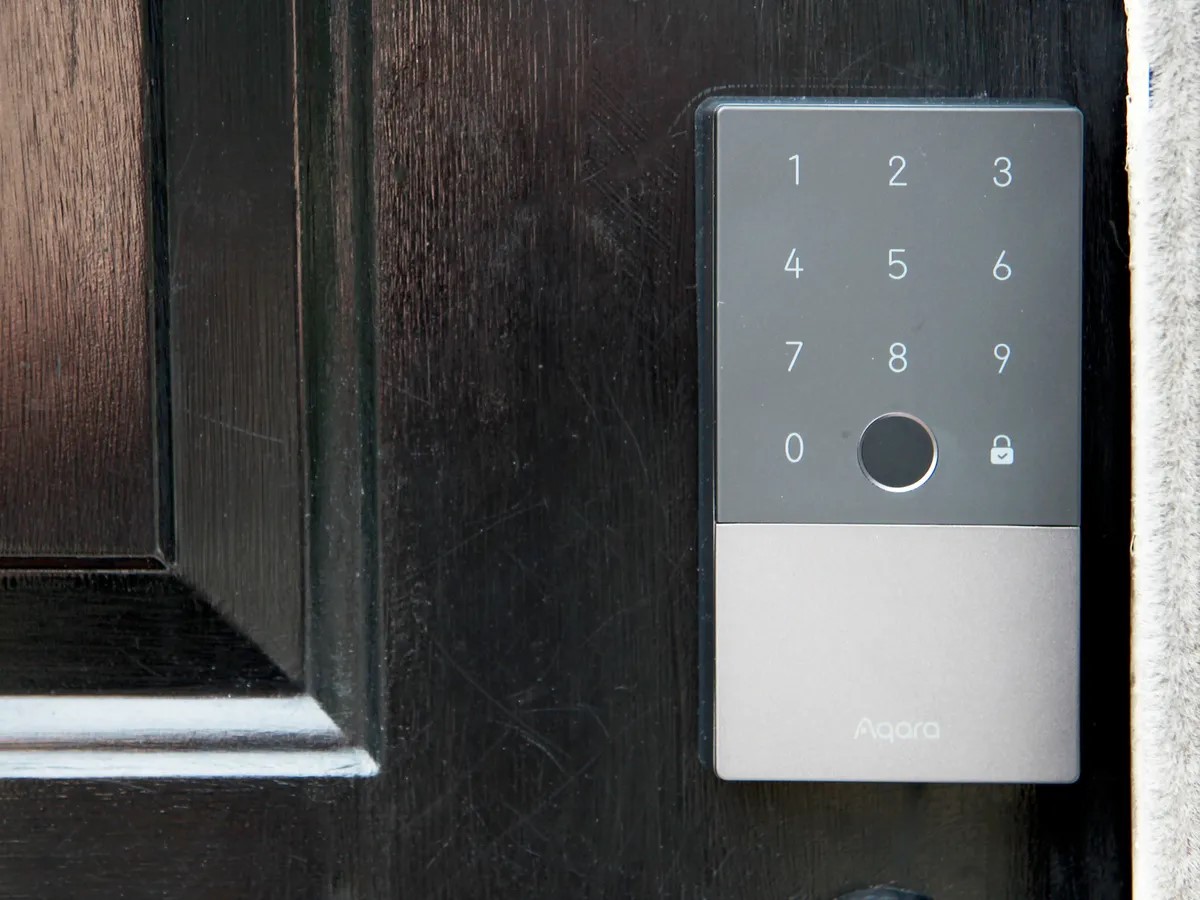
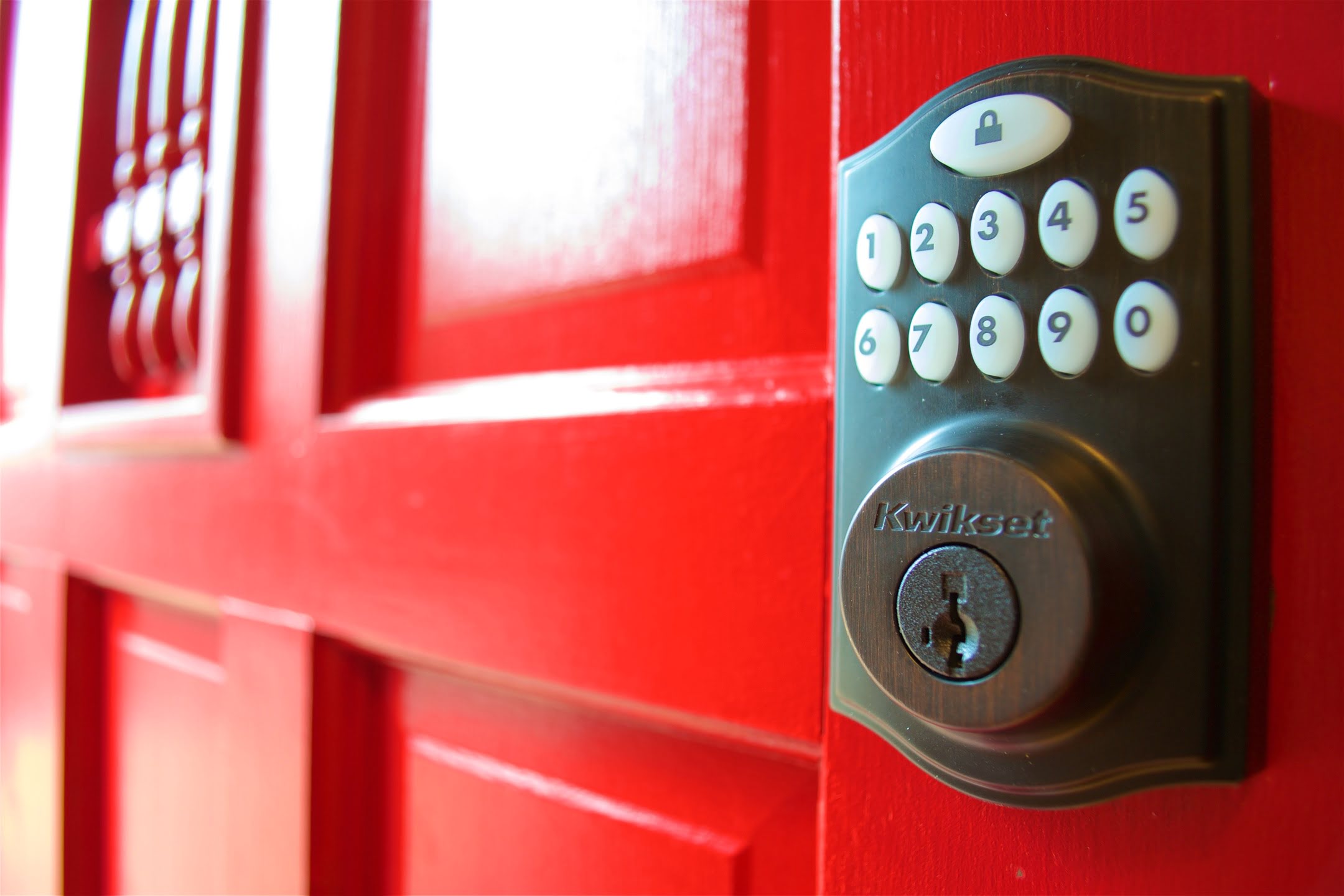
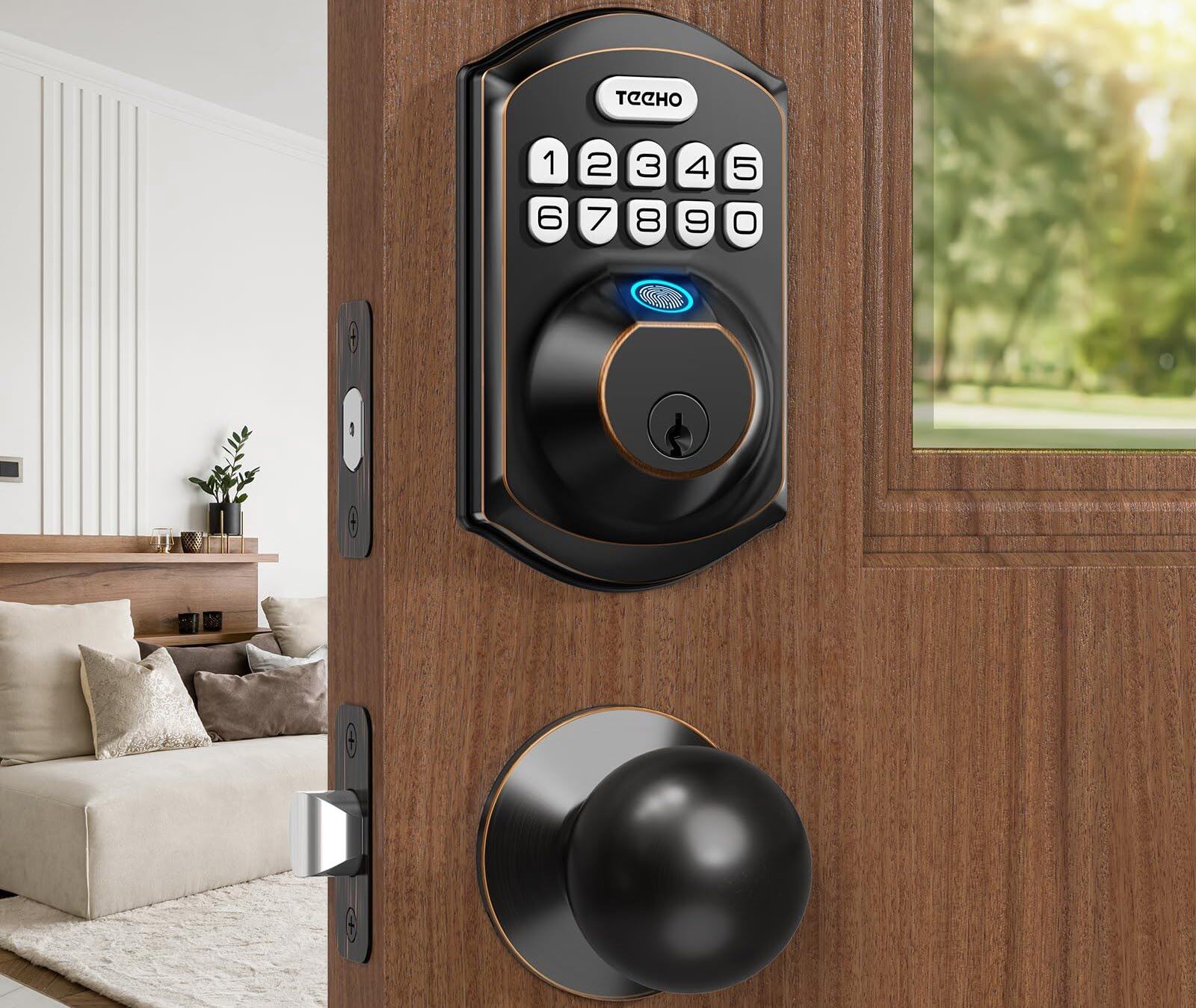
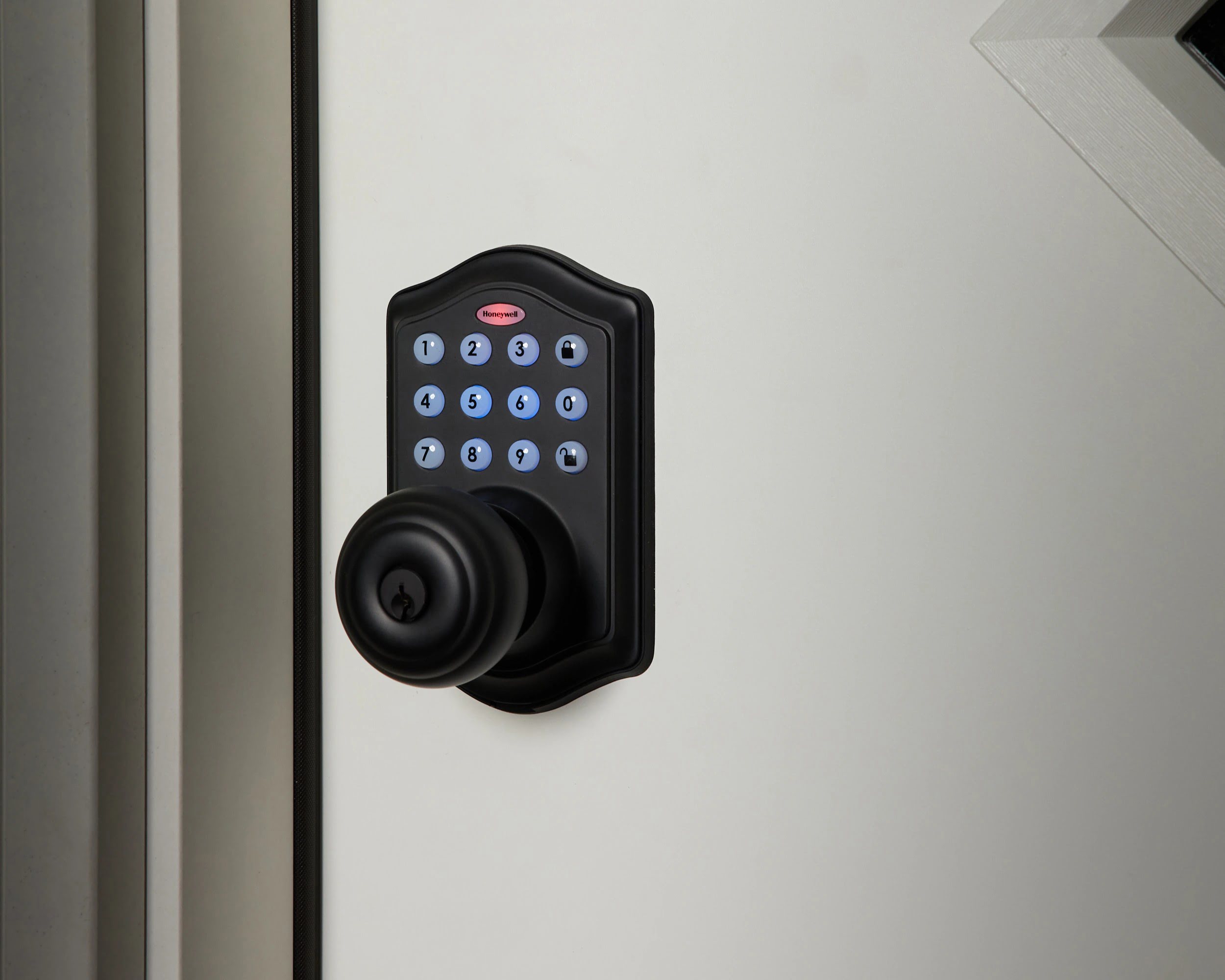
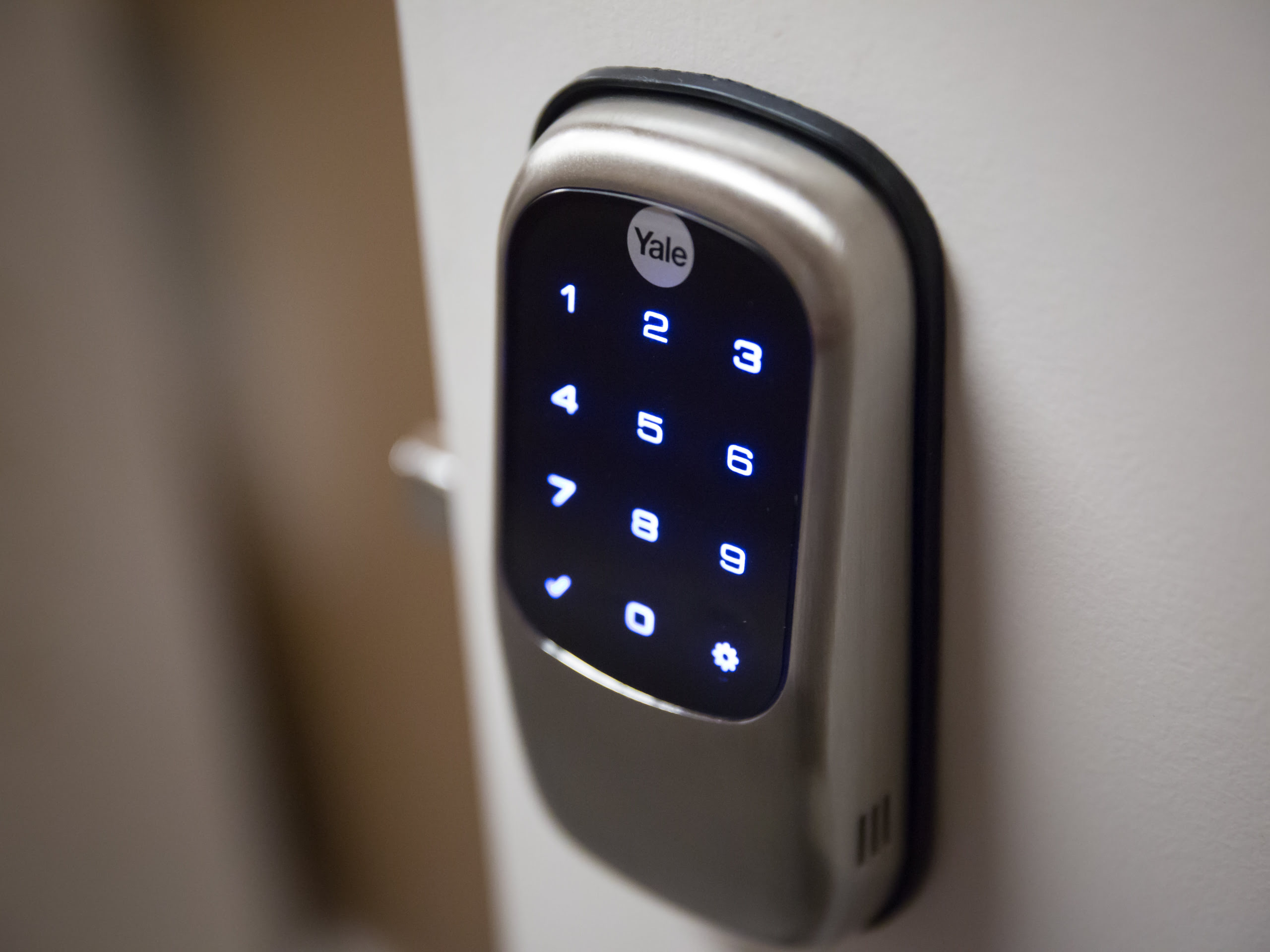
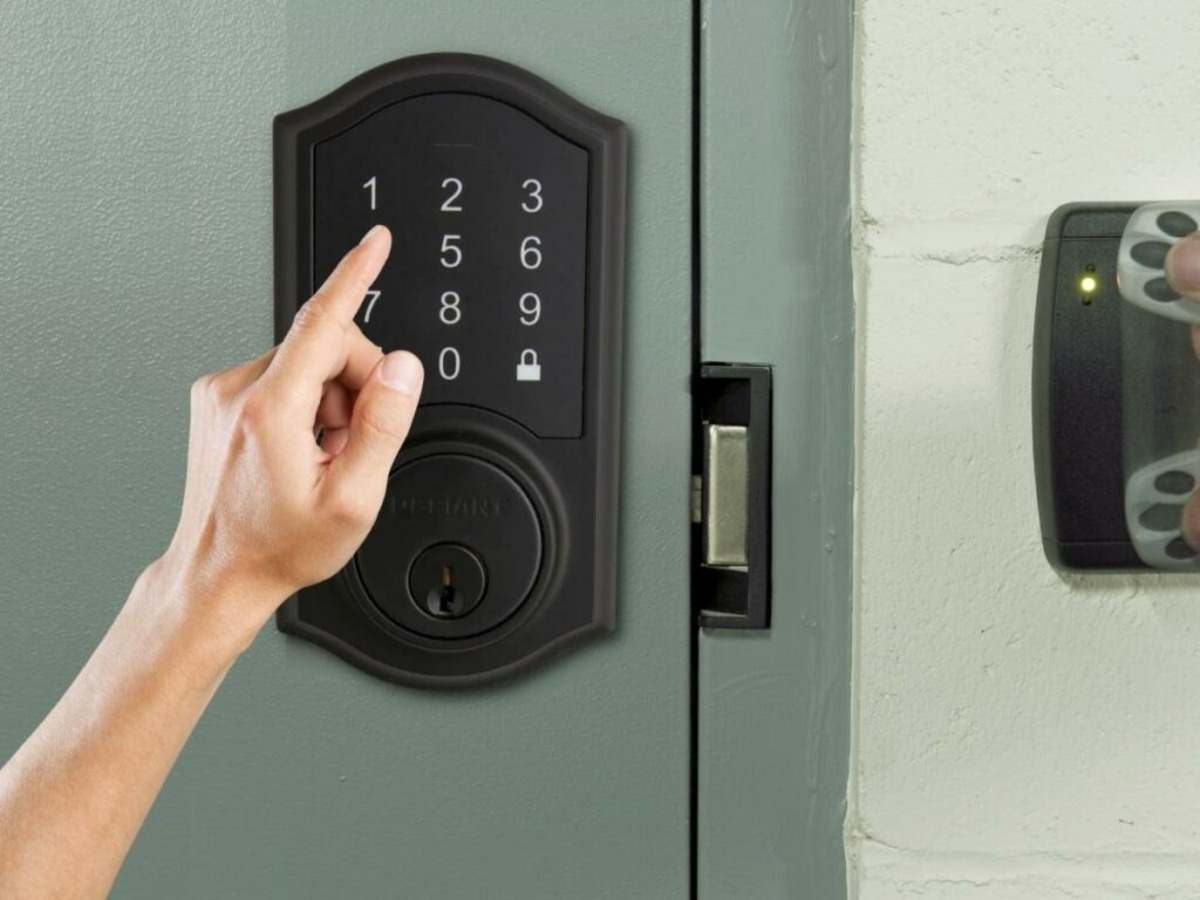
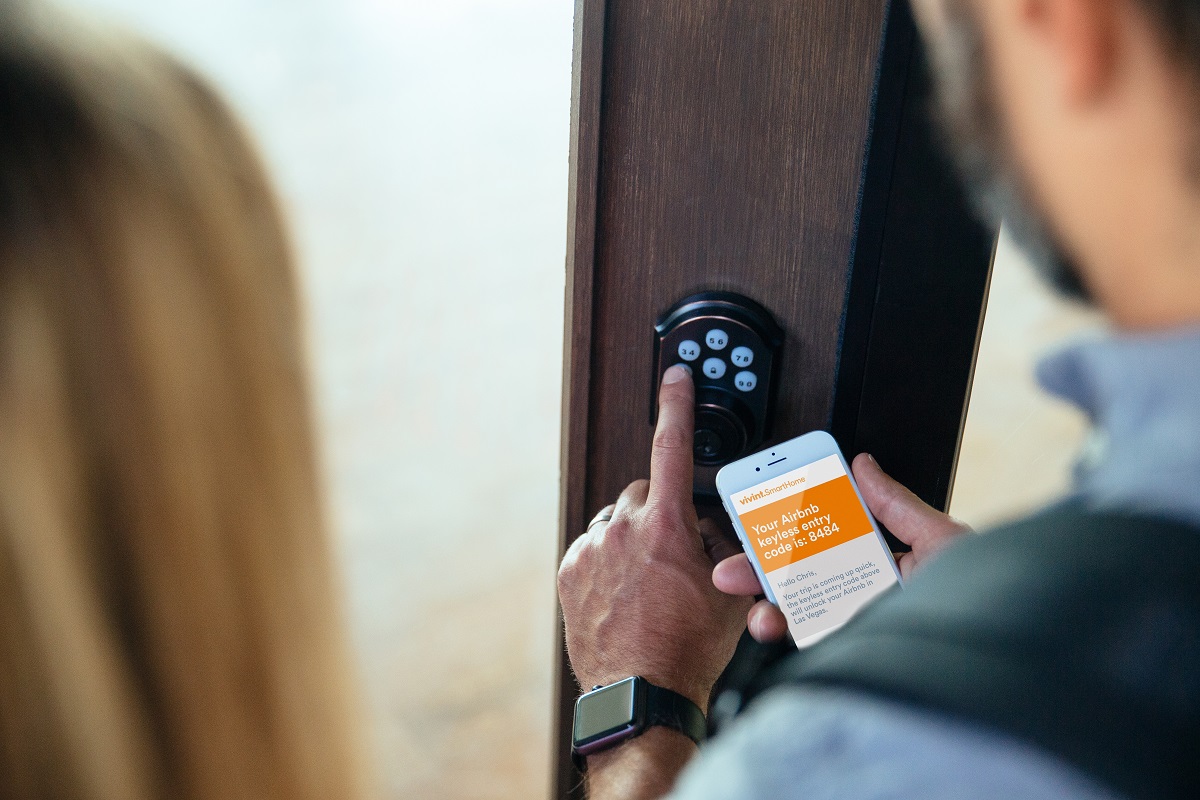
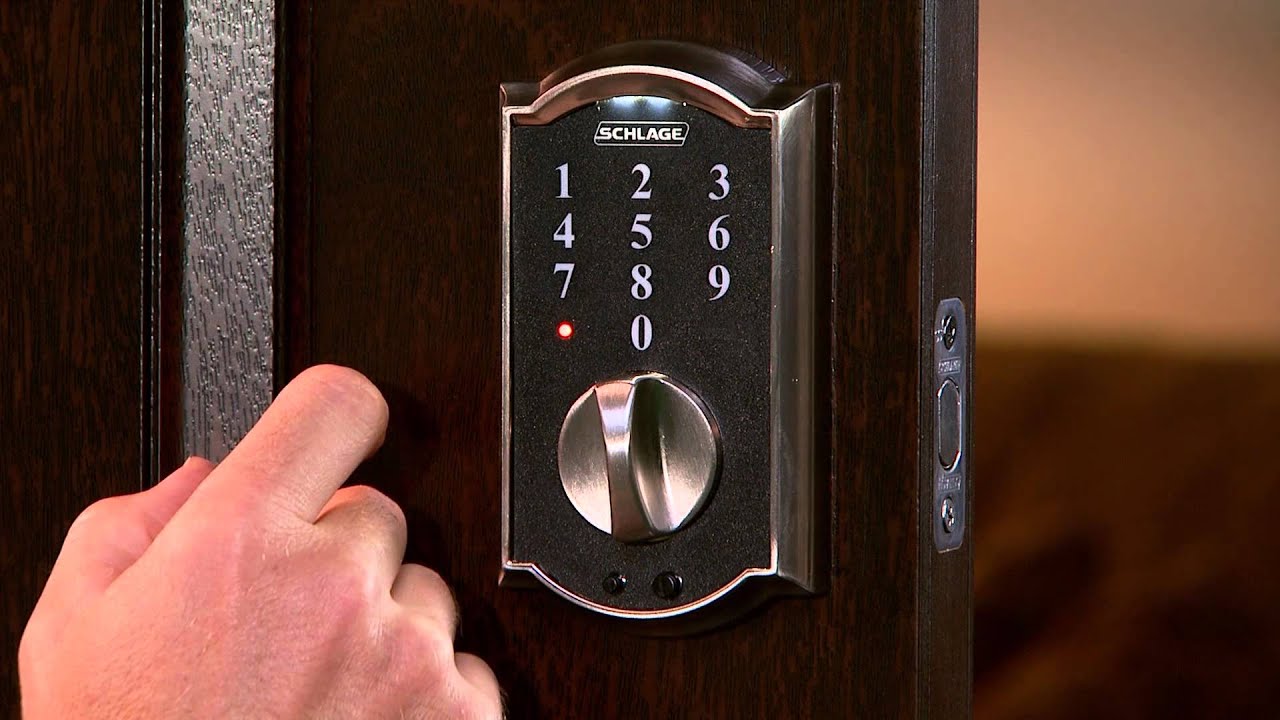
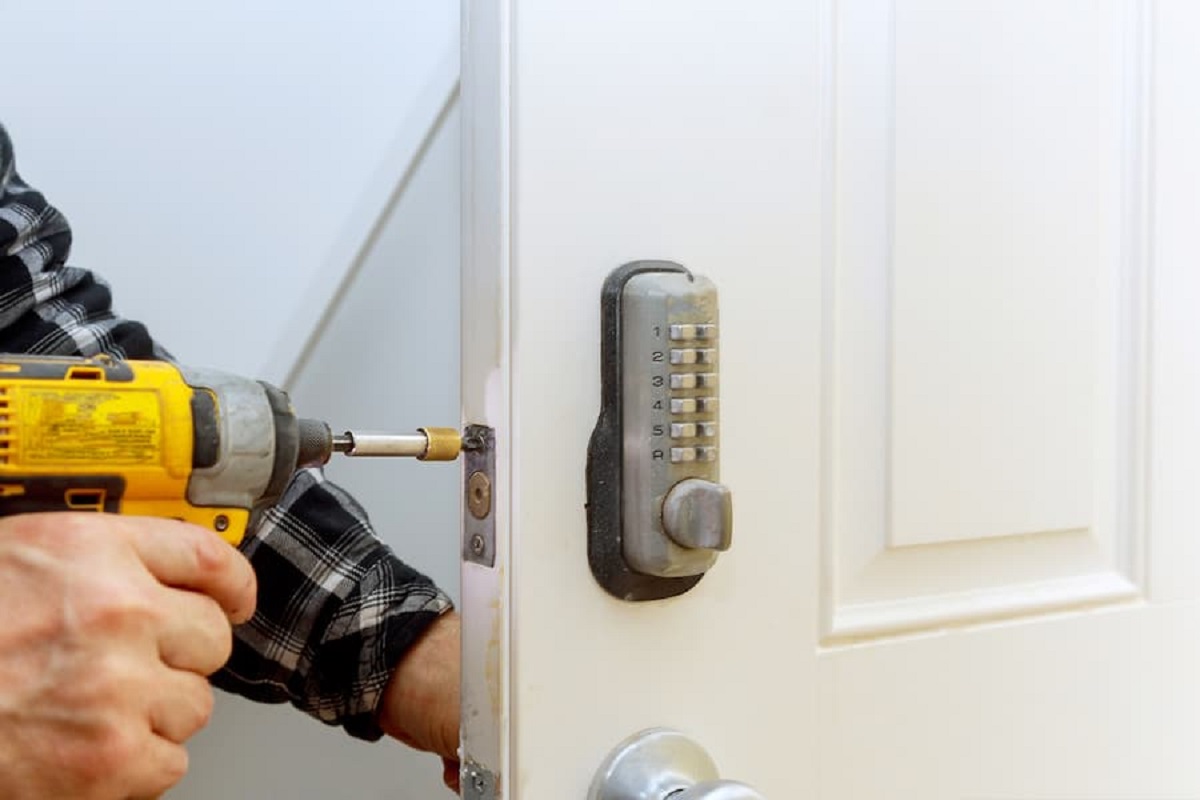
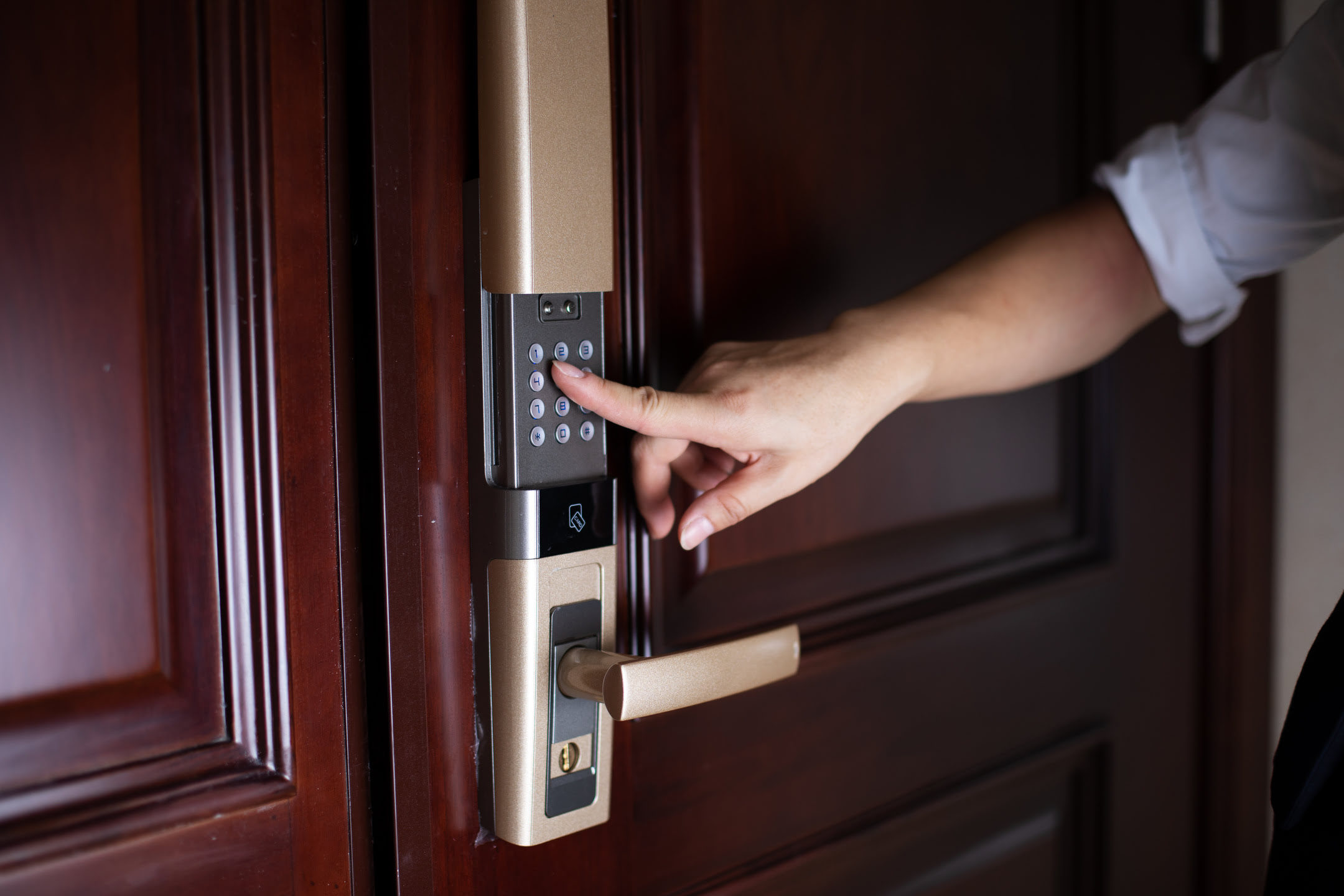
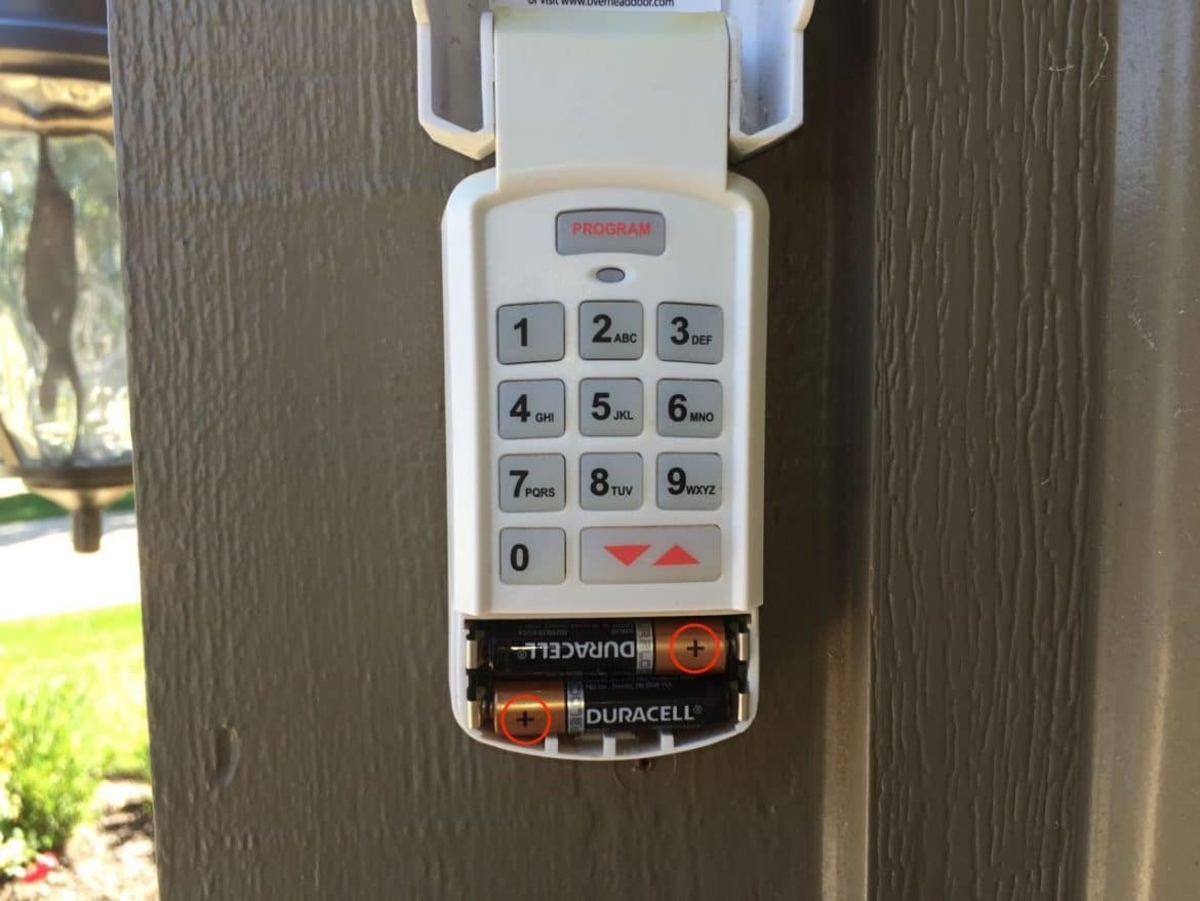
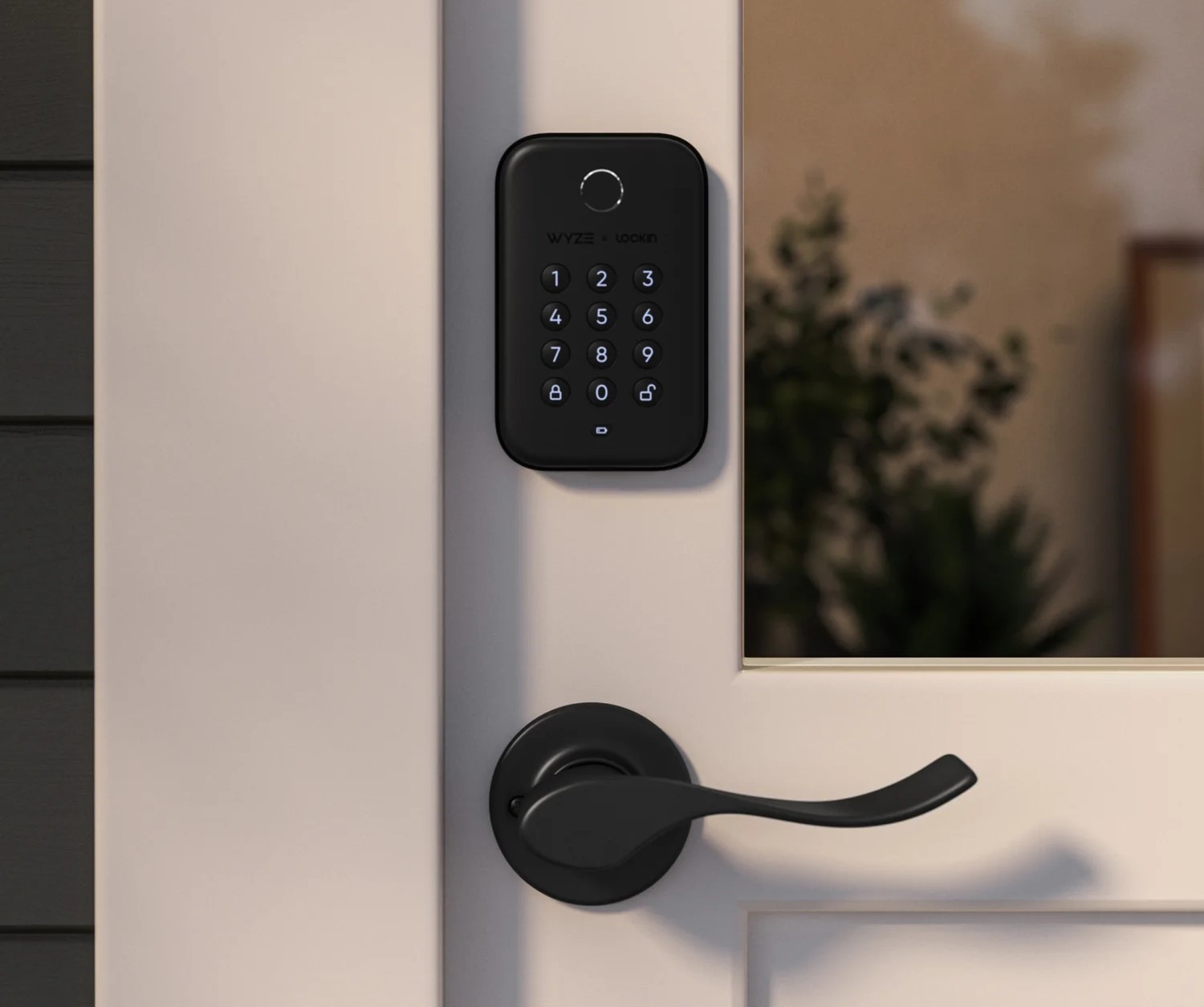

0 thoughts on “How To Change Code On Brinks Keypad Door Lock”